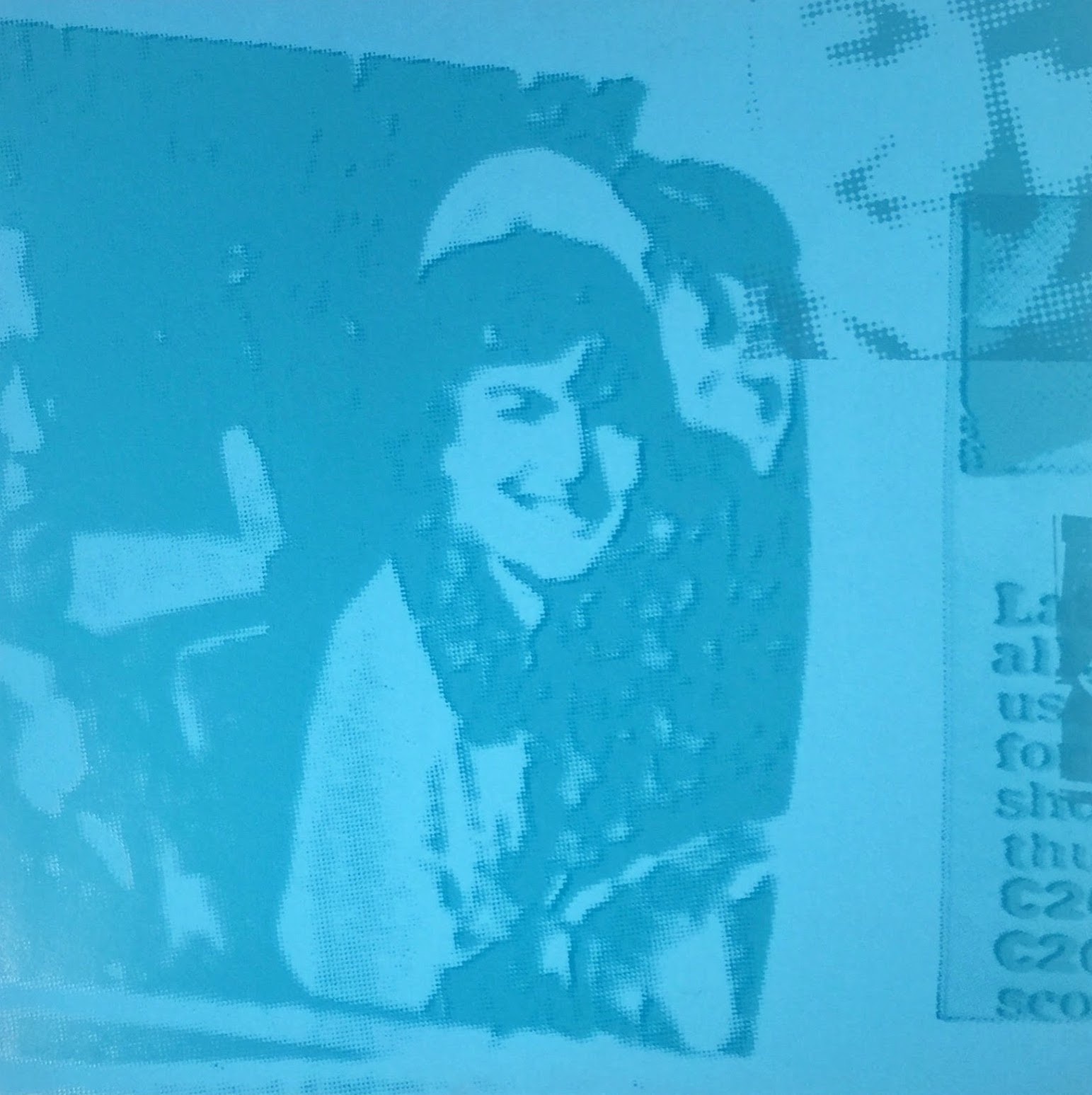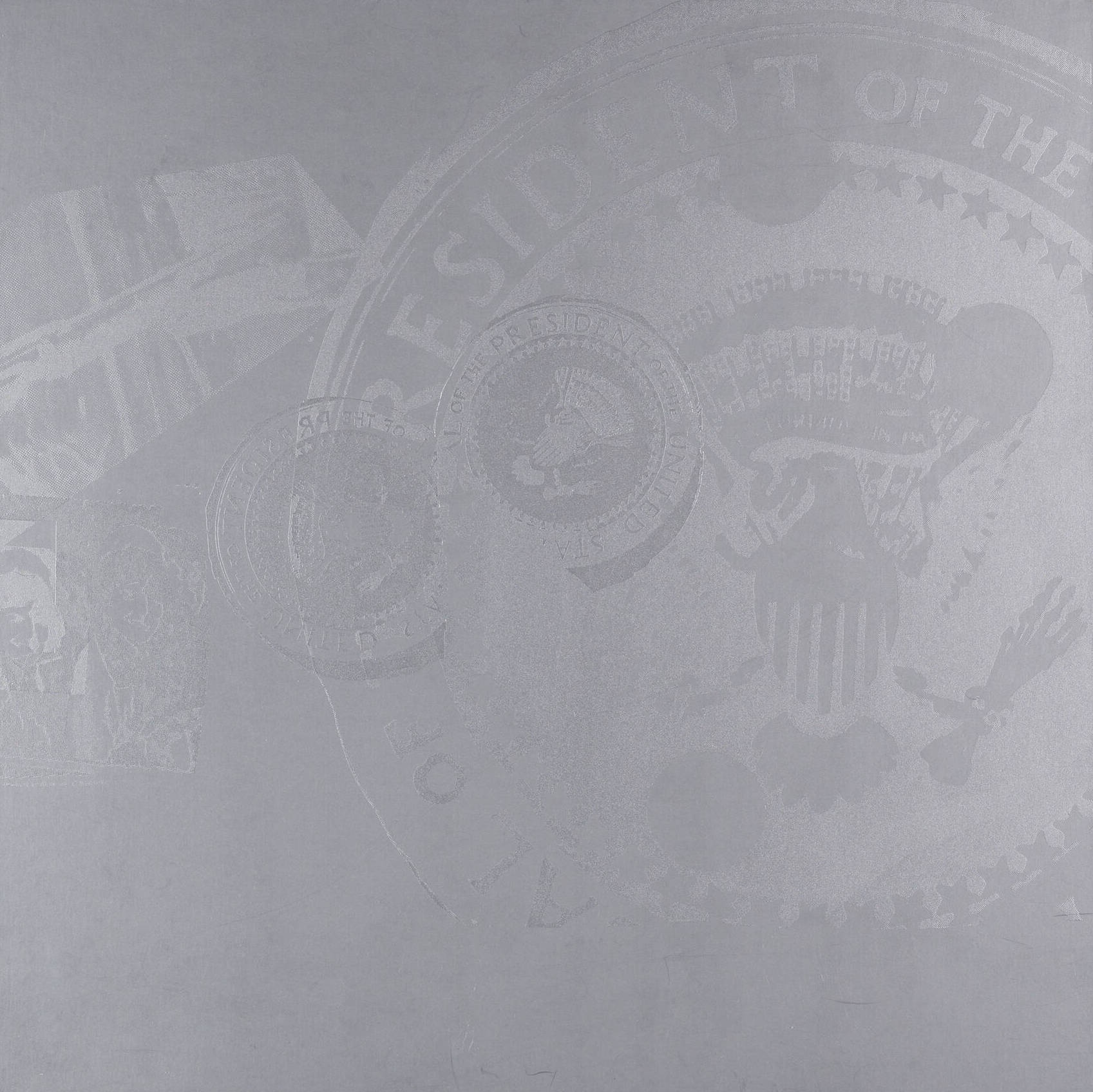Andy Warhol's Flash portfolio is a captivating exploration of one of the most significant events in modern American history: the assassination of President John F. Kennedy. The series' title derives from the phrase “news flash,” and it features 11 screenprints based on campaign posters, mass-media photographs, and advertisements.

The portfolio's cover mirrors the front page of the New York World Telegram on the day of Kennedy's death. Each print is accompanied by Teletype reports selected by Phillip Greer, emphasizing the constructed nature of our collective understanding of the images through media narratives. By blending mass-media imagery with artistic expression, Warhol challenges conventional boundaries and invites viewers to confront the complexities of celebrity, tragedy, and media manipulation in the modern age.

Warhol's deep-seated interest in the Kennedys is evident, having previously depicted Jackie Kennedy and later extending his artistic exploration to include Edward Kennedy. This fascination with the family's celebrity status served as a significant wellspring of creative inspiration for Warhol, who was notably captivated by fame itself.
Throughout his career, Warhol displayed an ongoing fascination with fame and political celebrity. While he produced prints of various presidents, including Jimmy Carter, Richard Nixon, and Ronald Reagan, the Flash portfolio stands out as a profound exploration of presidential celebrity, particularly centered on the tragic assassination of JFK.

Warhol's personal reflection on the Kennedy assassination sheds light on his creative process: "When President Kennedy was shot that fall, I heard the news over the radio while I was alone painting in my studio. I don't think I missed a stroke. I wanted to know what was going on out there, but that was the extent of my reaction... What bothered me was the way television and radio were programming everybody to feel so sad. It seemed like no matter how hard you tried, you couldn’t get away from the thing." Warhol emphasizes how public opinion is more so shaped by mass media than individual understanding.

It's noteworthy that Warhol's creation of the Flash portfolio coincided with a shift away from abstract art's dominance in the avant-garde. Warhol revived the genre and challenged societal norms and perceptions through his subversive approach to portraiture.
The Flash portfolio serves as a testament to Warhol's ability to capture a defining moment of American history while simultaneously pushing the boundaries of artistic expression. Through his innovative use of mass-media imagery, Warhol offers viewers a lens through which to explore the intertwined nature of fame, tragedy, and media saturation in contemporary society. Warhol encourages us to confront the complexities of our media-driven world and consider the ways in which collective understanding is constructed and manipulated. In doing so, Warhol's Flash portfolio memorializes a pivotal moment and prompts us to question the nature of perception and representation in the modern age.
April 8, 2024













